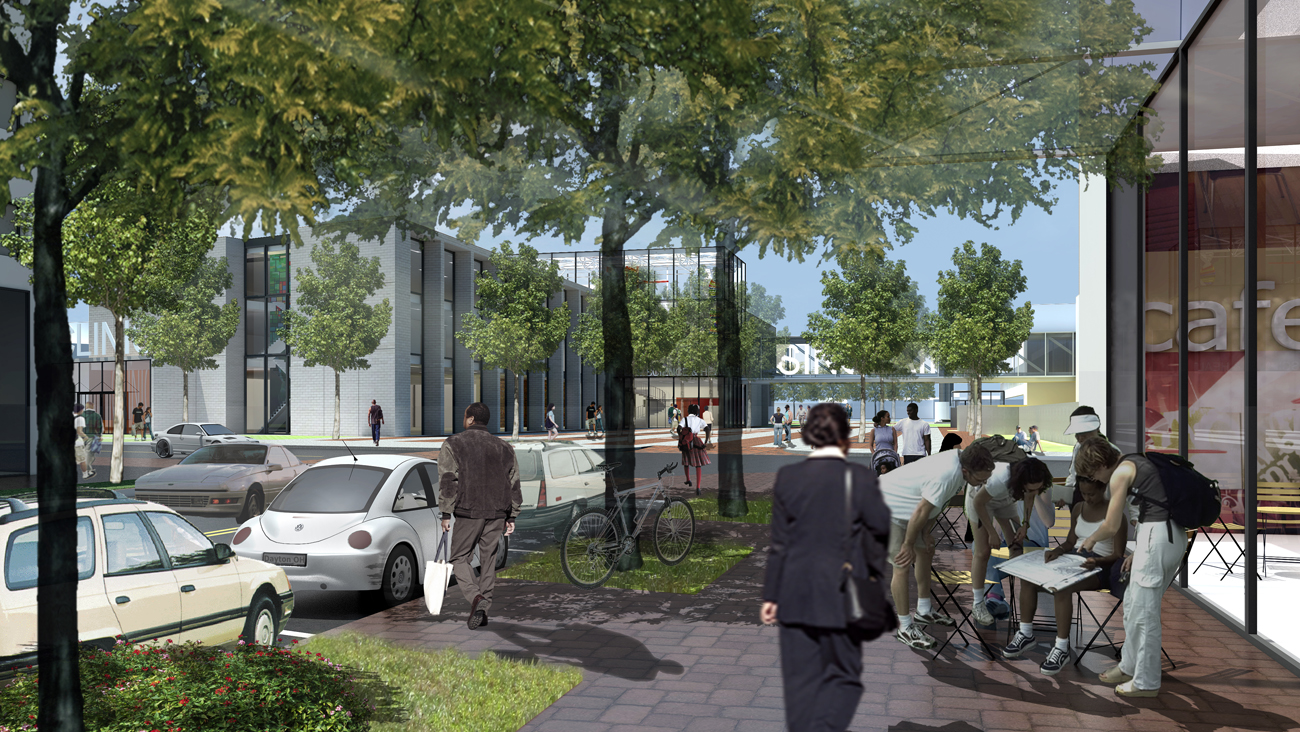Technology and the 21st Century Campus

 Sasaki
Sasaki

As universities struggle with the challenge of expanding access to and affordability of higher education, they increasingly explore new technologies that promise to break out of the constraints of the physical campus. The most talked about evolution in technical approaches are Massive Open Online Courses, or MOOCs.
The idea of creating online learning environments for higher education assumes that it is possible to separate learning from physical spaces and replicate the educational outcomes of physical campuses in a virtual environment. In this line of thinking, the university is a learning portal—not integral to learning itself, but rather a conduit for learning. This notion divorces the social and cultural experiences of learning on university campuses from the learning that happens inside campus classrooms.
However, both research on MOOCs and anecdotal evidence from faculty experimenting with these new pedagogical approaches suggest that in-person interaction in the form of peer-to-peer and instructor-guided learning remains important for promoting student success and course completion. Until these new formats improve their program completion rates, implement a widely-accepted accreditation system, and demonstrate positive outcomes comparable to those of on-campus learning, we must consider both the university as a physical space and the changing landscape of technology and learning when planning and designing for the 21st century campus.
Sasaki’s experience working with colleges and universities challenges the model of the university as a learning portal. We find that the model of the university as a learning community, which typically extends beyond campus boundaries through technology, more closely reflects the value of higher education. With our college and university partners, we are reimagining learning spaces on campus to support integration of technology into instruction and promote peer-to-peer learning on campus. We design comprehensive learning environments that support the social, psychological, and academic needs of both students and faculty. The following examples are among the many trends we have observed as important drivers of campus planning and design in an era that seeks to enhance the physical campus through technological solutions.
Collaborative learning and working environments promote productive interactions. Understanding the importance of building successful working relationships, the University of Texas Medical District Plan integrates collaboration into the university’s new research program via proximity. Located next to the new medical school is a teaching hospital and future innovation center. Together, these three destinations create a health sector in Austin where all entities

learn from and work with one another. The plan recognizes technology’s rapid evolution and the physical implications it imposes, recommending that future development contain flexible spaces with the ability to change scales and configurations in upcoming development.
Increasing emphasis on hands-on learning generates work opportunities and encourages community engagement. Sasaki’s planning efforts at Sinclair Community College centered on making space for the exploration of emerging fields that require practice and training. Per the campus plan’s suggestion, the once insular campus will soon feature transparent classroom learning environments, accommodating technology while displaying the activity within for the surrounding community to interact with and enjoy.

Like Sinclair, Methodist University believes that learning happens everywhere: in hands-on labs as well as unscheduled spaces. Sasaki’s design for Methodist’s new building for the school of Health Sciences is home to many interactive learning spaces, including informal therapy practice areas and specialized studio environments dedicated to formal training and movement analysis. In addition to supporting education and research, these learning labs will be a resource for the community. Nearby residents will have access to a high-quality therapy center that offers innovative treatment options. This mutual benefit helps forge a stronger relationship between Methodist and its neighbors.